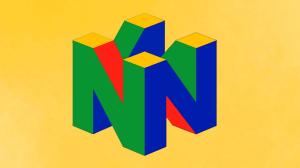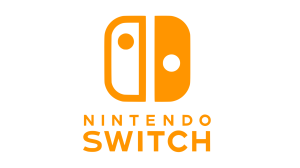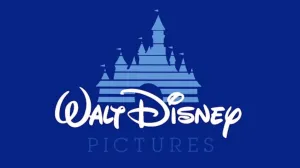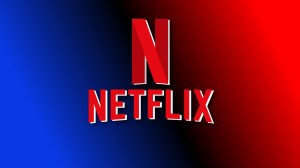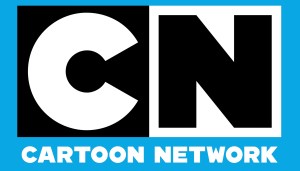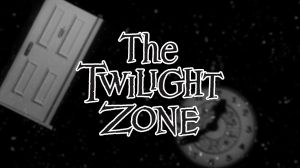
For years now, Nintendo has been seen as the “underdog” of the video game industry, after spending quite some time being the king of it with systems like the Nintendo Entertainment System and the Super NES. But that’s not the publisher’s fault – the competition has gotten a lot more fierce as of late. It’s not just facing off against Sega and Hudson Soft anymore – both Microsoft and Sony have formed their own great gaming legacies, and Nintendo, making a few questionable decisions, have fallen a bit behind as a result.
Videos by ComicBook.com
But does that mean the company is lagging and, worse yet, in danger of leaving the industry? Hardly. The Nintendo Switch is proof enough of that, having sold millions of units since its release, and with the strength of first-party software like ARMS, Splatoon 2 and the forthcoming Super Mario Odyssey, sales aren’t going to die down anytime soon. And let’s not forget about the Nintendo 3DS either, which is selling well in its own right.
But there will still be those saying, “What if Nintendo doesn’t play catch-up?” Well, it doesn’t necessarily need to, does it? Even if it doesn’t have the large userbase of an Xbox One or PlayStation 4, Nintendo is still doing quite well for itself, and doesn’t really need to mimic the success of the “big boys” in the industry. And to prove that, we’ve got a few points that will show just how much Nintendo has fortified its “underdog” position over the past few years.
It’s Making Up For Its Wii U Mistakes With The Switch

Nintendo knows it botched things up with the Wii U. First introduced on the market in 2012, the system failed to catch on with gamers, mainly due to its odd set-up (like its tablet-style controller) and its lack of third-party support (Activision and EA dropped off rather quickly). But what’s great here is how Nintendo is capitalizing on these mistakes. It’s made the Nintendo Switch far more accessible than its previous system, and it’s giving a number of Wii U games a second chance at life with ports to that system, including Mario Kart 8 Deluxe, with hopefully more to come. (C’mon, Bayonetta 2 port!) The Switch still has a ways to go, but it’s already sold a third of what the Wii U sold in a lifetime in a matter of four months – and once Nintendo gets stock figured out, that’ll really improve upon its installation base.
It’s Setting Trends In Its Own Way

While Nintendo doesn’t exactly set new trends with each console it releases, there are times that it truly catches lightning in a bottle, and others try to copy its success as a result. For instance, take a look at the Nintendo Wii, which released in 2006. It effectively utilized motion gaming in the best ways possible, whether with Wii Sports or Super Mario Galaxy, and that prompted both Microsoft and Sony to try and make their own motion-based models on the market – but neither the Kinect nor the PlayStation Move could find similar success like the Wii did. Sure, it eventually faded from the market, but for a while there, Nintendo led the industry in a very important market – and now it’s doing it again with a console/handheld hybrid model that Sony would no doubt kill for. Imagine a PS Vita successor with this set-up.
Nintendo Caters To A Different Kind Of Audience

Usually, when we see games advertised for the Xbox One and PlayStation 4, they’re aimed more towards older audience members. Sure, both systems see their fair share of games for kids, but mainly we get stuff for games like Gears of War 4, Injustice 2 and so on. While the Nintendo Switch would no doubt benefit from that kind of third-party support, it’s doing just fine, and Nintendo’s new advertising model is the best yet, with games that appeal to a mid-range audience, instead of just the kiddies. And it’s a pretty winning strategy, based on the feedback from the company’s Super Bowl ad (set to the tune of Imagine Dragons’ “Believer”) and subsequent ads. There are commercials that still need work – we’re still not motivated to try 1-2-Switch! on a long-term basis – but this is definitely a step up from ads across previous years. Remember “Wii would like to play?” Here’s a reminder…
It’s Reaching Out With Word Of Mouth Beyond TV And Internet

Whereas we don’t see too many tours involving the PlayStation 4 (mind that “gaming truck” one that made the rounds a while back) and Xbox One, Nintendo goes all out to spread the message about its systems every chance it gets. It attends all the big expo events – E3, San Diego Comic-Con, PAX West and PAX East – without missing a beat, and it also regularly hosts tours where players can try out the latest games and take part in many interactive exhibits, whether they’re involving Pokemon, Mario or what have you. This is a big step in getting the word out about the system, and the company has also done a suitable job setting up kiosks in stores to get people excited about upcoming games. An actual playable Switch unit would be nice, but, hey, it’s getting there.
It Has The Most First Popular First Party Franchises Out There

There is no question that companies like to lean on their franchises – they’re just instant sellers provided that the games they are releasing live up to the hype. Microsoft has their Gears of War and Halo; and Sony, of course, has Uncharted, God of War and a number of others to lean on. But there’s something about Nintendo’s connection with its franchises that’s truly magical. For the most part, you really see how much they care about them, as they hype new entries like no one’s business and talk about the features that help them stand apart from previous releases.
Look no further than The Legend of Zelda: Breath of the Wild for proof of that. Nintendo hyped its open-world environment, its much more realistic combat, and its pure exploration themes, all of which have made the game an instant multi-million seller. Same goes for Mario Kart 8 Deluxe, with ads that showed the excitement of racing, but also how important a game it was to the whole family. It’s a best-seller too. And, yes, the new Splatoon 2 ad is messy, but also works for the most part.
Nintendo is doing things its own way, and while it may not make them one of the “big boys” in the industry like it used to be, it’s still holding its own very well, and eventually building its way up to a strong holiday season and, better yet, a superb gaming year in 2018. We can’t wait to see what they do next.


